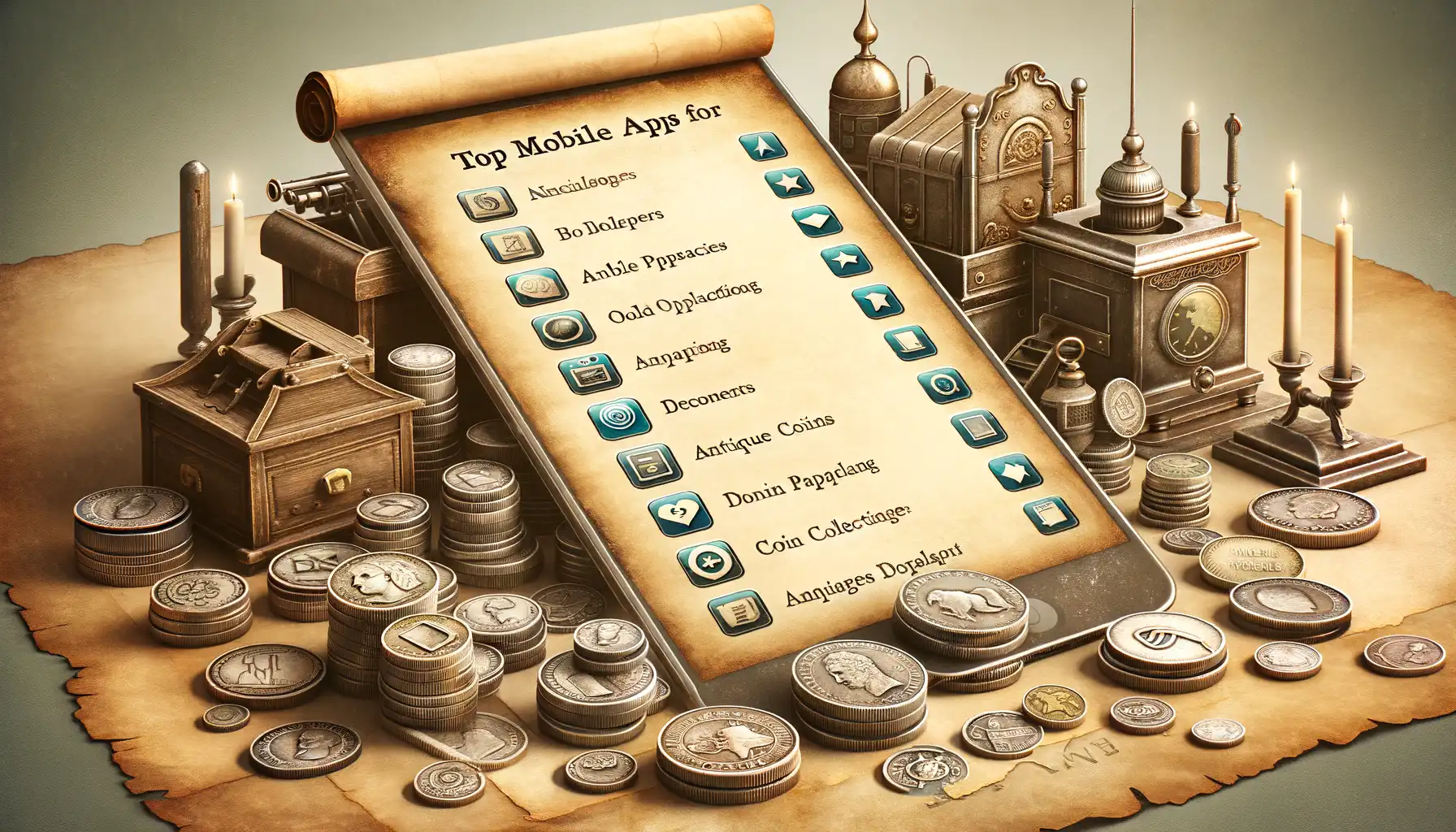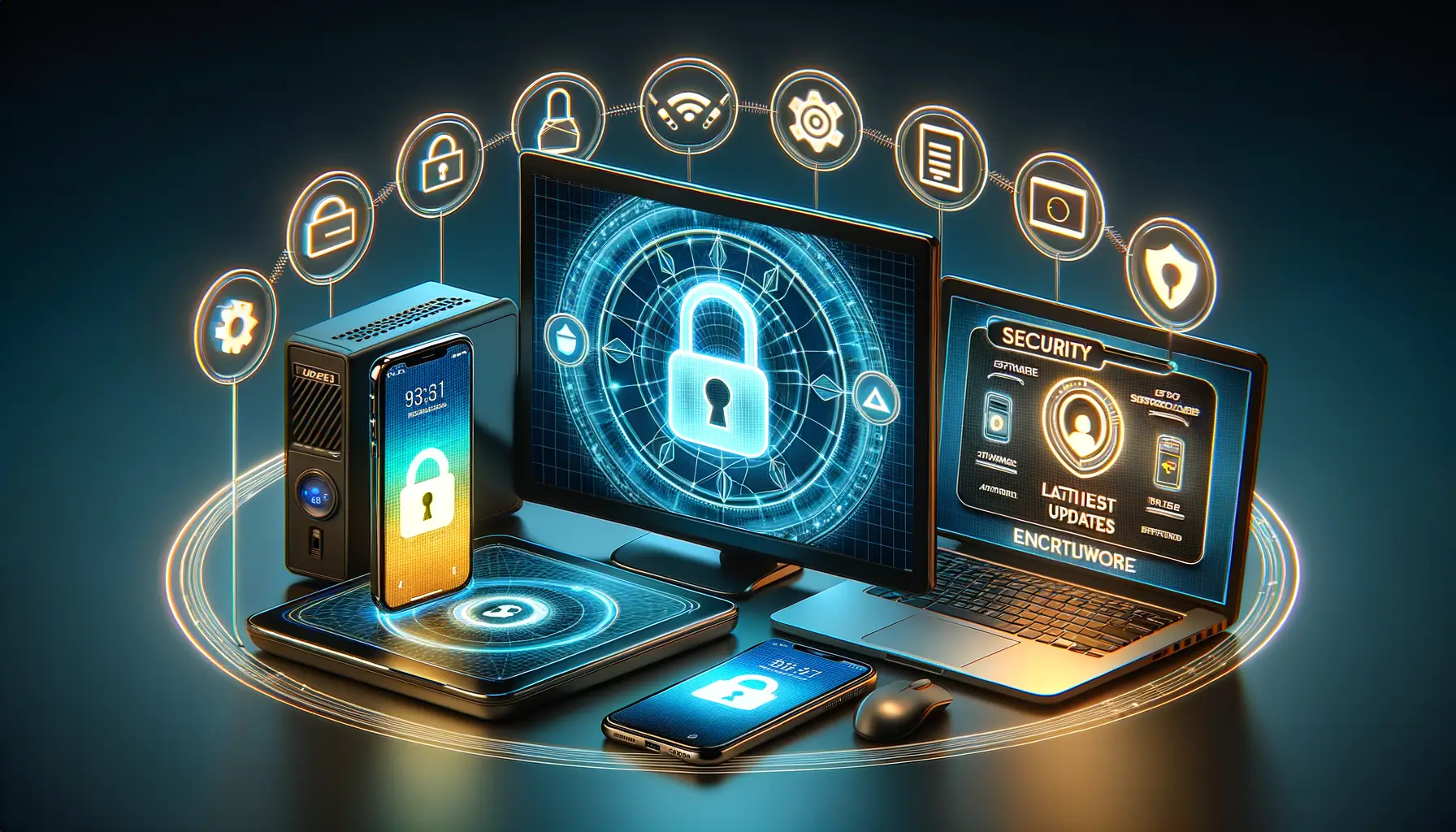Understanding the Role of Coin Authenticators
Why We Rely on Experts to Unlock the Truth in Coins
Have you ever held an old coin in your palm, staring at it, wondering if it carries centuries of history—or is just a clever copy? This is where the magic of coin authenticators comes into play. These experts are the detectives of the numismatic world, equipped with sharp eyes, advanced tools, and an almost instinctive ability to decode a coin’s secrets.
Their role isn’t just about separating real from fake—it’s far more nuanced. Authenticators dive deep, analyzing the tiniest details: surface texture, mint marks, weight, and even the “ping” sound a coin makes when struck. They bring life to your potential treasure by tracing its origins and confirming its true story.
- Detecting forgeries: From counterfeit metals to fake patina, they spot what most people overlook.
- Protecting investments: Buying coins without verification can turn into a costly mistake.
So next time you’re enchanted by a rare coin, remember—authenticators are there to reveal its soul, ensuring no one’s passion for history turns into heartbreak.
Comparing Physical and Digital Coin Assessment Methods
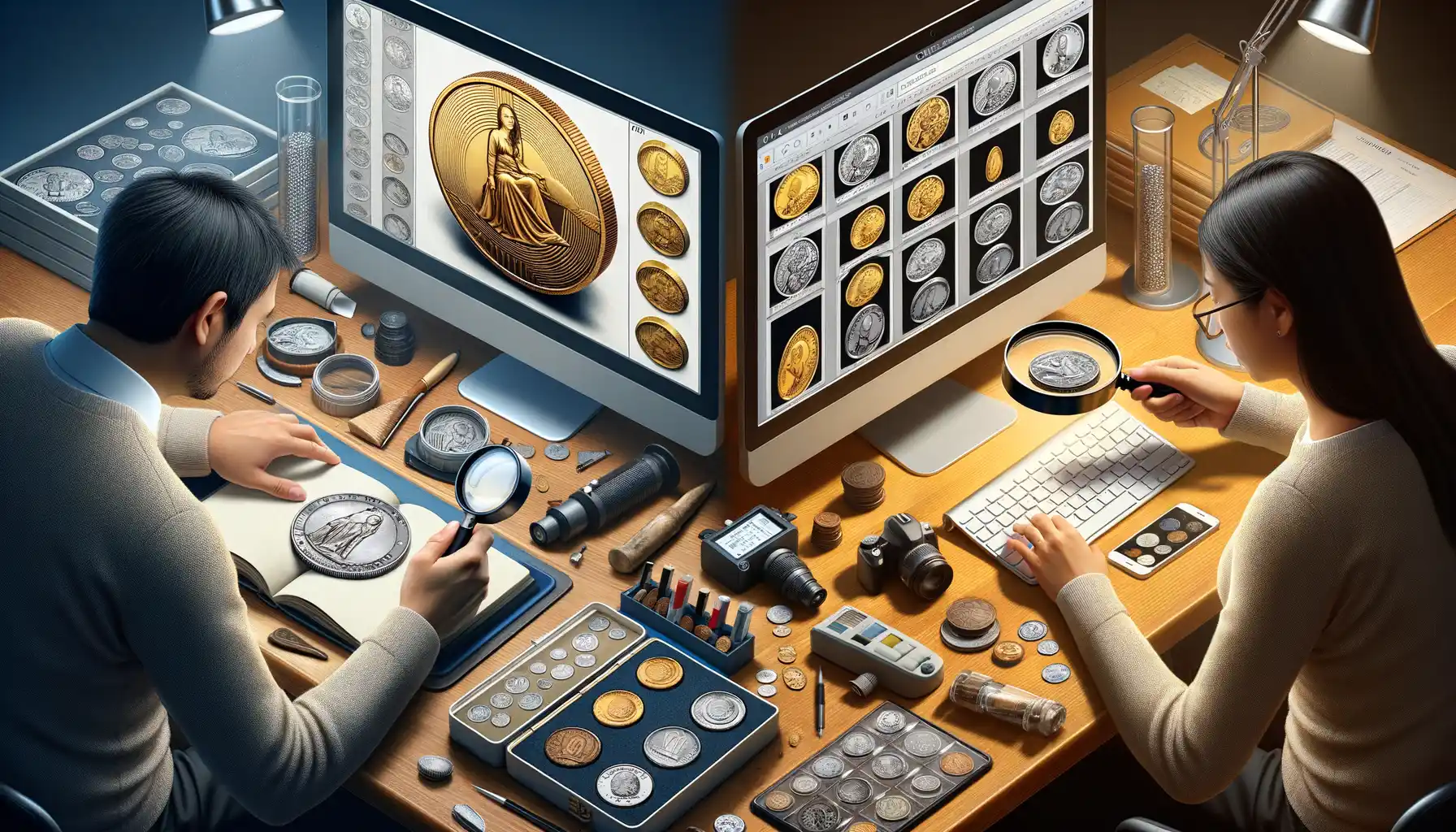
How Physical Coin Assessment Captures the Tangible Details
There’s something undeniably personal about holding a coin in your hand. Physical coin assessment relies on trained experts meticulously examining each detail—from the glint of a specific metal to the worn edges that whisper stories of circulation. These professionals use magnifying tools and techniques to spot subtle clues like micro-engraving or surface imperfections. It’s almost an art form, requiring years of practice and a sharp eye.
But it’s not all smooth sailing. Imagine the frustration of shipping delays or damage occurring during transit when mailing coins for evaluation. And let’s be honest—human error can creep in no matter how skilled the person behind the magnifier might be.
The Rise of Digital Precision in Coin Authentication
On the other side of the spectrum lies digital coin assessment—a blend of cutting-edge technology and automation. Here, high-resolution scans and AI algorithms take center stage, analyzing every crevice and contour with unmatched precision.
What do collectors love most?
Yet, this sleek tech doesn’t come without its quirks. What happens when nuanced, handcrafted details escape a machine’s logic? There’s still debate whether technology will ever truly “feel” authenticity the way human experts do.
Advantages and Challenges of Physical Coin Authenticators
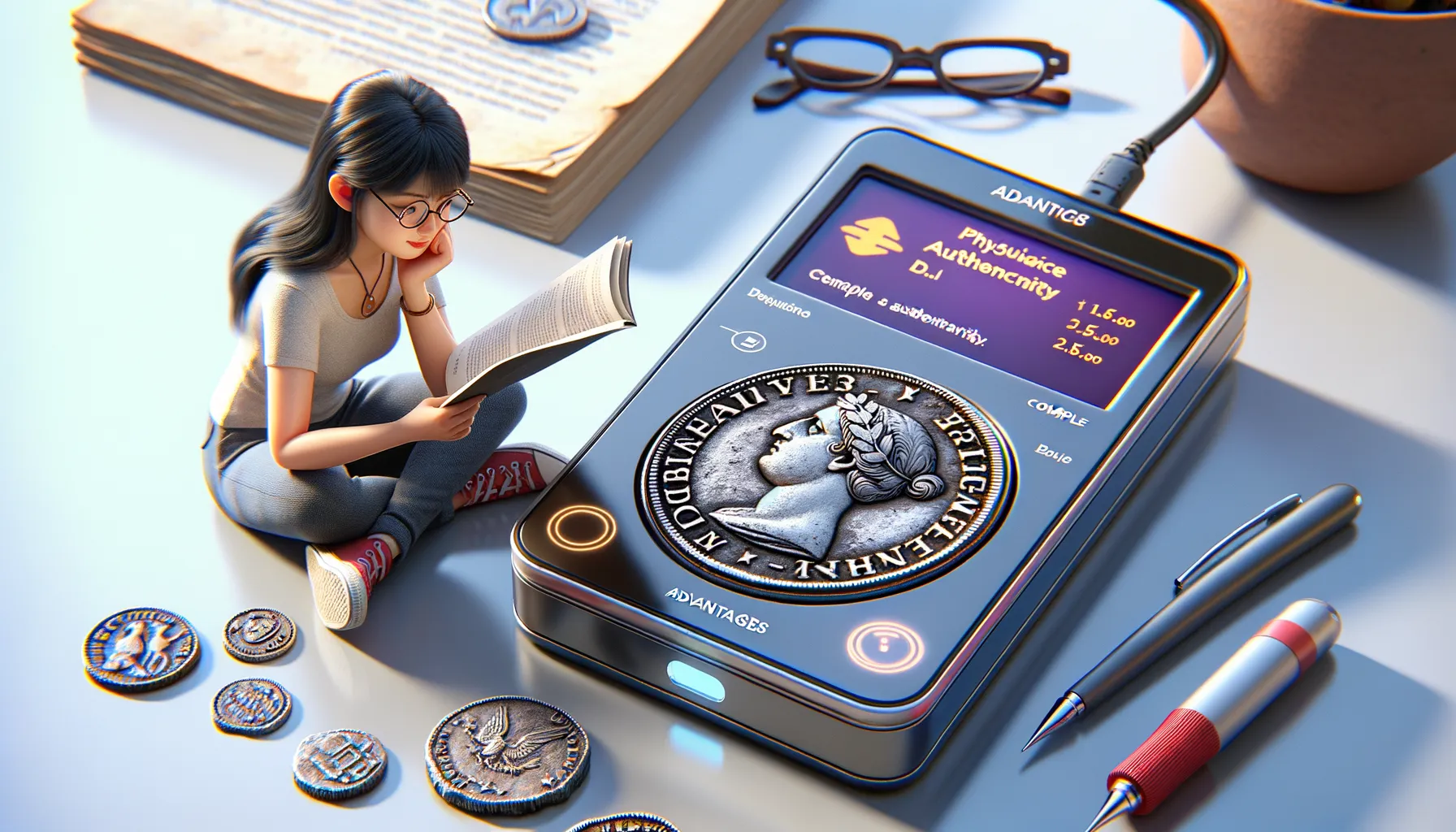
Why Collectors Trust Physical Coin Authenticators
For many collectors, there’s something deeply satisfying about watching a skilled professional examine a coin under specialized lighting, using magnifiers and tools that seem almost magical. Physical coin authenticators offer a tactile reassurance that digital methods simply cannot replicate. When a trained expert holds a coin, their years of experience can identify subtle wear patterns, striking details, or even the unique “fingerprint” left behind by a minting die.
Some of the main advantages include:
- Human intuition: Machines can’t replicate an expert’s eye for catching anomalies in texture or craftsmanship.
- Tangible authority: Holding a coin authenticated by a professional often feels more credible to collectors and investors alike.
- Valuable certificates: Many physical authenticators provide detailed certification paperwork, enhancing trust and resale value.
The Hurdles You Might Face
Yet, physical coin authentication isn’t without hurdles. It’s not always swift—imagine mailing off a prized possession and waiting weeks for results. Plus, authenticators’ fees can stretch a hobbyist’s budget. And let’s face it—human experts, despite their skill, can still misjudge under rare circumstances.
This method also presents logistical challenges. Need multiple coins verified? Transporting them introduces a risk of loss or damage. And, while some may argue “it’s worth it for peace of mind,” others find the process labor-intensive and time-consuming compared to digital options.
Still, for purists, these challenges are simply part of the journey—a small price to pay for the assurance of holding history in your hands.
Advantages and Challenges of Digital Coin Authenticators
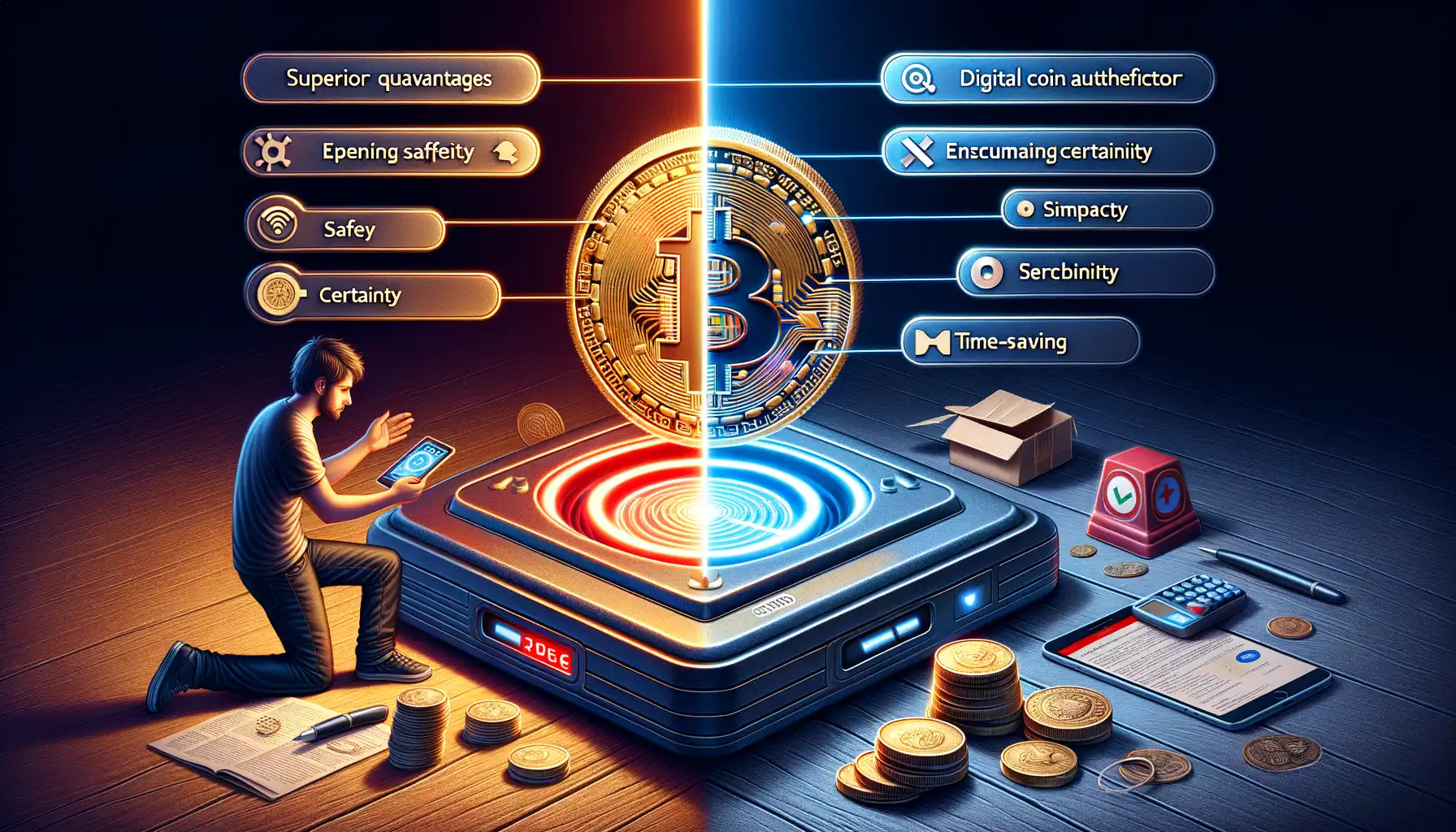
Why Digital Coin Authenticators Shine
Imagine holding the future of coin collecting in your hands. That’s exactly what digital coin authenticators feel like—sleek, high-tech tools that can analyze with razor-sharp accuracy. They’re the modern detective in a collector’s toolkit. These devices scan coins with advanced imaging technology, zooming in on the tiniest ridges and imperfections invisible to the naked eye. What’s truly groundbreaking? Many connect to vast online databases, cross-referencing details in seconds. Talk about having a supercomputer on your side!
- Convenience: Portable, fast, and easy to use anywhere.
- Data-driven precision: They compare against hundreds of verified records instantly.
- Fraud detection on steroids: Spot even today’s most sophisticated counterfeits.
The Challenges You Can’t Ignore
But hey, even shiny gadgets have a few quirks! For one, many digital authenticators come with a steep price tag—not ideal for beginners or casual collectors. Additionally, they rely heavily on software updates; an outdated system might misfire and classify a rare treasure as “just another penny.”
And then there’s the emotional disconnect. While a physical expert brings stories and human insight, a device simply gives you cold data. For some, that’s a dealbreaker. After all, isn’t coin collecting just as much about passion as precision?
Tips for Choosing the Right Coin Authentication Method
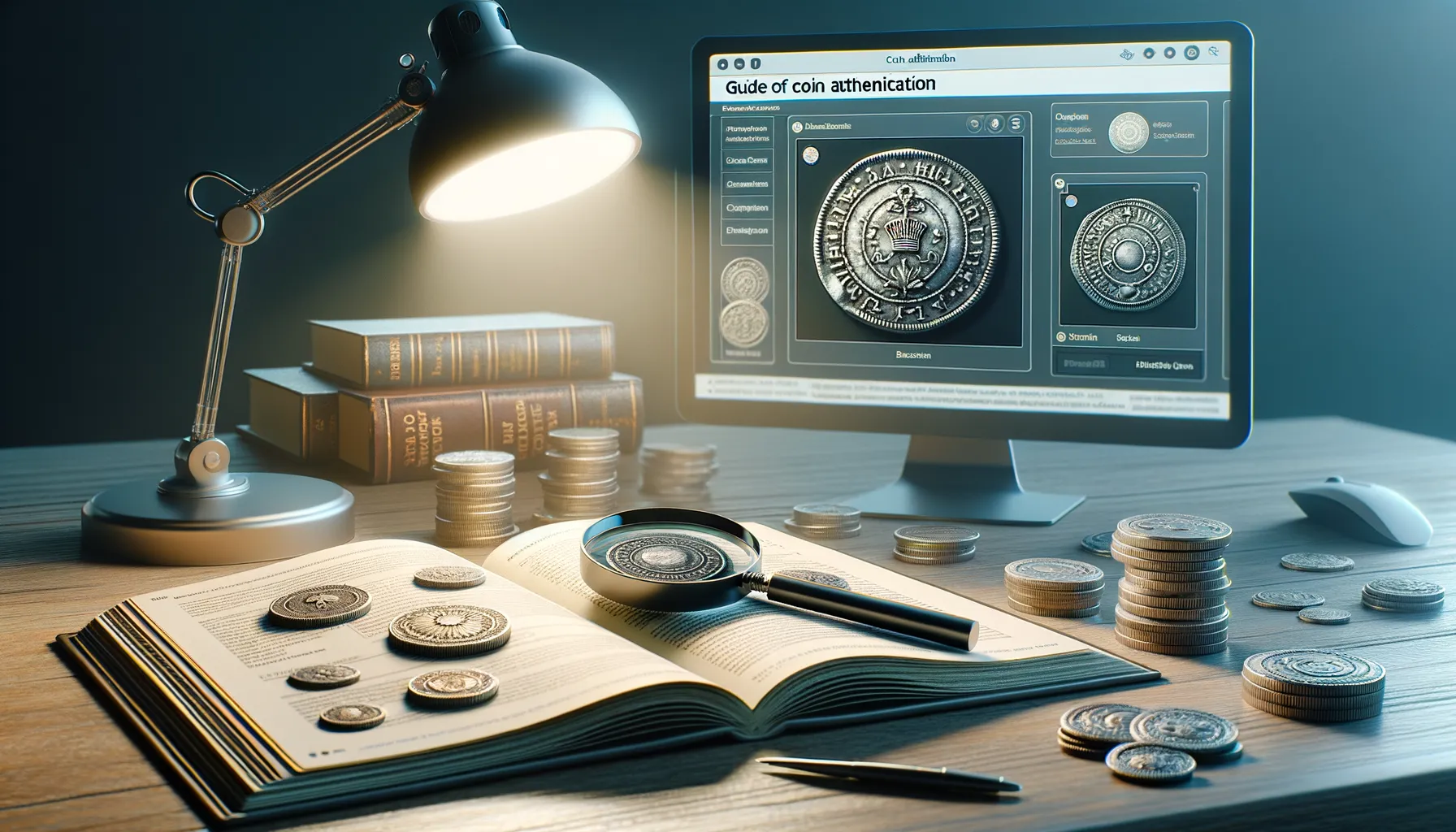
Embrace Your Collector’s Instincts
Choosing the right coin authentication method is a bit like picking the perfect lens for your camera—each will show you something different, but only the right one will reveal the finest details. Whether you’re a seasoned collector or just starting out, this decision deserves care and precision. Start by asking yourself: What kind of collector are you? If you savor the thrill of holding history in your hands, a physical authentication process might feel more personal. These often involve experts meticulously inspecting weight, texture, and design under special equipment.
But maybe you’re a tech enthusiast at heart, someone who finds excitement in innovation. For you, digital coin assessments could be the answer. With tools like high-resolution scanning or blockchain verification, it’s all about convenience meeting cutting-edge accuracy.
Things to Weigh Before You Decide
Here are some quick tips to guide your choice:
- Budget: Physical methods often carry higher fees, while digital tools may offer scalable options.
- Convenience: Need something fast and accessible? Digital might win here, especially if you’re remote.
- Authenticity Needs: Rare, high-value coins may benefit from the scrutiny of physical expertise.
When in doubt, think about your end goal—whether it’s certifying a rare heirloom or casually verifying a flea market find, there’s always a tailored path to satisfaction.





